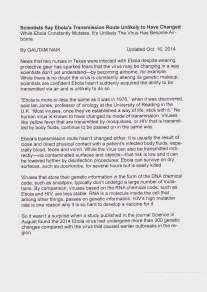ESSENTIAL QUESTION: Why do bonds form between elements?
NGSSS: SC.912.P.8.6
BENCHMARK(S):
-Distinguish between bonding forces holding compounds together and other attractive forces, including hydrogen bonding and van der Waals forces.
LEARNING OBJECTIVES: Students will be able to:
-distinguish between ionic, covalent bonds, and metallic bonds and explain how they are formed.
BELL RINGER: Students were given handout and asked to draw the Lewis dot configuration of the valence electrons.
VOCABULARY: valence electron electron dot structure, octet rule, halide ion, ionic bond, ionic compound, chemical formula, formula unit, coordination number, metallic bond, alloy
HOME LEARNING: work on your science fair paper/project
INFORMATION PRESENTED IN CLASS:
After reviewing the bell ringer, we reviewed home learning 6. B sure to place both the bell ringer and the home learning in your interactive notebook.
Students then viewed the video Dogs Teaching Chemistry on forming bonds. They did a stop and jot as the video played. You can find the video below.
 |
| Use this sheet and the information from the video to help you complete the sheet below. |


















